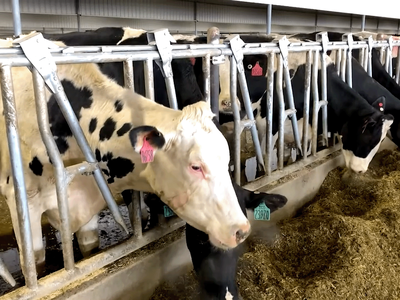Wolves and CWD
Since 1995, when they were first reintroduced in Yellowstone National Park, wolves have been a topic of controversy among sportsmen as well as the non-hunting public. The gray wolf is an apex predator that primarily feeds on deer, elk, moose, and other ungulates, and they can positively influence the balance of these prey species with their habitat. Recently, some scientists have speculated using wolves to help control the spread of Chronic Wasting Disease (CWD), but is that realistic?“No,” says Kip Adams, who has almost 20 years of experience working with CWD and is currently the Chief Conservation Officer for the National Deer Alliance. “Wolves are great predators where they live. They certainly can take out the weaker and sicker animals. So in those areas, they may help limit the spread of CWD a little bit, but that is not going to solve our CWD problems. Even in areas where wolves live, hunters and state agencies are the only ones that will be able to do that.”
As Adams explains, the main reason comes down to simple logistics. “The best way to combat the disease is to strategically remove CWD-positive animals from the landscape, and hunters and state agencies can do that best with targeted removal. We obviously can’t move wolf packs around from one area to another based on where we have outbreaks. I’m not saying that wolves can’t contribute to limiting the spread of CWD where they live, but I’ve also read the stuff where people look at them as the savior, and that’s simply not true.”















